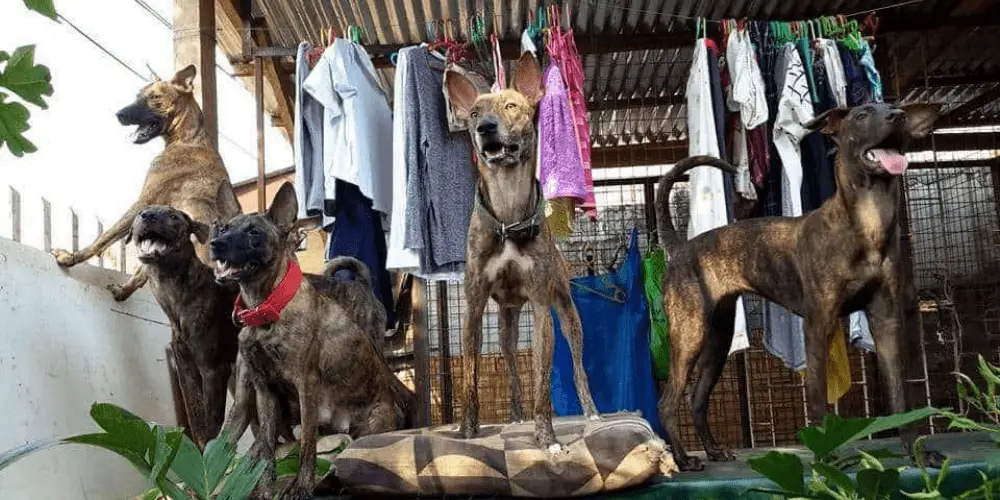Some dog breeds are so rare that they have been deemed a myth or canonized as local lore in countries worldwide. Though many myths about the Philippine Witch Dog have been produced, the breed’s existence is a reality.
The Philippine Witch Dog has captivated the lore of Filipinos for thousands of years. They are rare enough that, should you see one, you get the sense of having witnessed a legend.
What Is The Philippine Witch Dog?
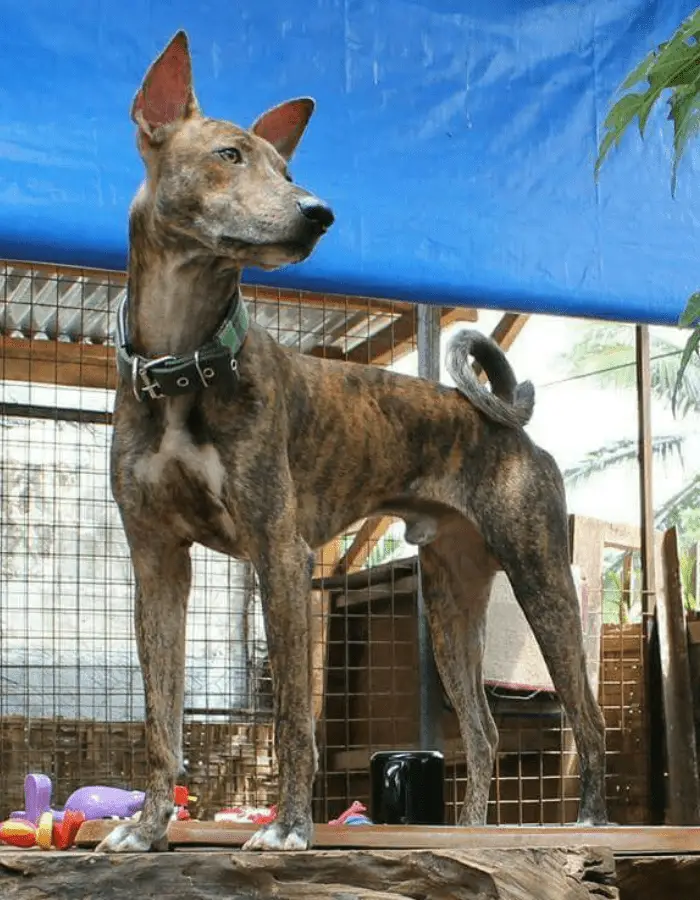
The Philippine Witch Dog, also known as “tiger dog” or Philippine Forest Dog ( Asong Gubat in Tagalog), is an indigenous wild dog from the Southern Part of the Philippines. According to a canine enthusiast and researcher, this native dog breed bloodline could be 36,000 years old!
Although some breeders try to bring this breed into the fold of other more tame breeds, they are wild dogs tightly knit with their jungle-based survival instincts.
They are a breed that can climb trees to hunt down prey and climb walls to overcome hurdles, and they can only be found from Bukidnon in Mindanao in the southern part of the country.
The Asong Gubat breed is also considered to have among the purest bloodlines out there, as they refuse to breed with any other breed of dog, only seeking each other out to mate.
Often when this breed lays eyes on different breeds of dogs, it is more typical for the Asong Gubat to view them as either a threat or prey rather than a potential mate.
Asong Gubat Temperament
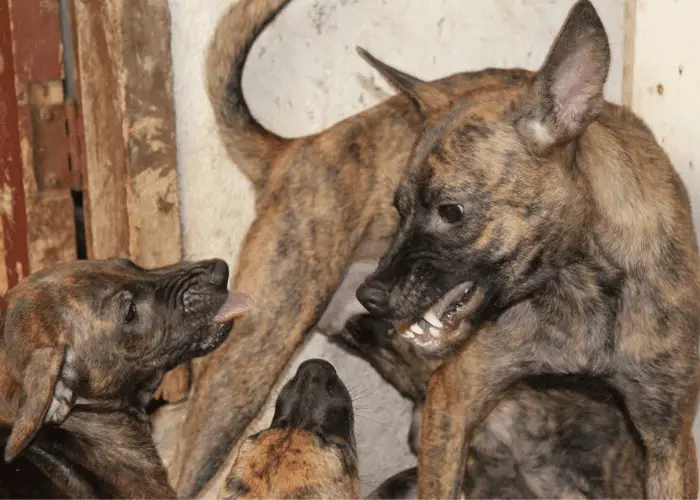
The temperament of the Philippine Witch Dog is what could be expected from any moderately sized, wild predator. Some describe them as ruthless, crazy (in a bad sense), headstrong, and wildly independent.
Some have been successfully introduced into a few households showing a measure of respect toward humans. However, anything else can be fair game for this breed, as their prey drive is off the charts.
They have been known to hunt and kill cobras and will not shy down from other animals that would typically send folks running.
Because of their success as a predator, ruthlessness, and high prey drive, they have been used to fight in illegal dog fighting rings.
When a captive or “pet” Witch Dog gets loose, it can (or will) kill any other animals that may cross its path. Cats, dogs, livestock, poultry, or anything else that it views as prey will be killed and if possible, consumed- particularly if there’s more than one Asong Gubat set loose.
Because of their seclusion from the rest of the world, the Asong Gubat (or the Tiger Dog) doesn’t do too well in captivity. They have not been able to develop immunizations over time to different ailments and diseases that most other breeds in captivity have. What might make other breeds sick might kill a Philippine Witch Dog.
Overall, the wild has never been removed from the breed, and though some outliers or individuals have taken to home living, most of the breed is found in the jungles. Naturally, their temperament reflects this.
Physical Features
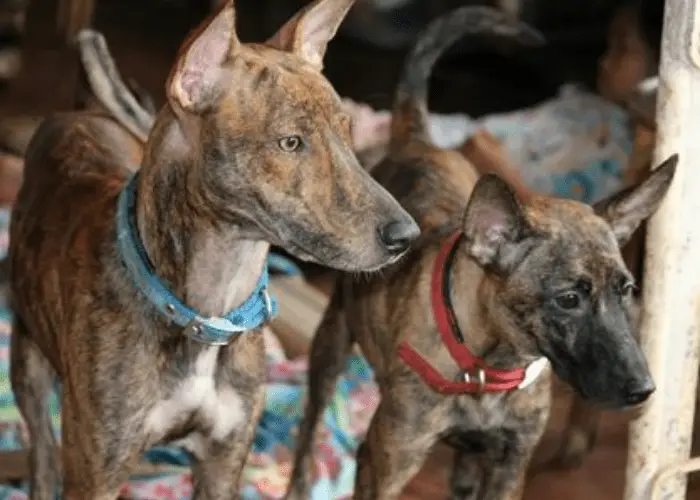
Several things about this breed make it unique, some of which can be observed by its appearance. They have a dark brown, brindle coat but often have patterns running down their back that can resemble a tiger-like pattern, hence the nickname “Tiger Dog.”
They are of medium build and have tall, wide, erect ears. Their tails are slim and loosely curl upwards over their backs. Their jungle-ready coat of fur is short, tight to the skin, and uniform.
They have black lips and gums, spotted tongues, and the roof of their mouths are often black as well.
Unique Claws of the Asong Gubat
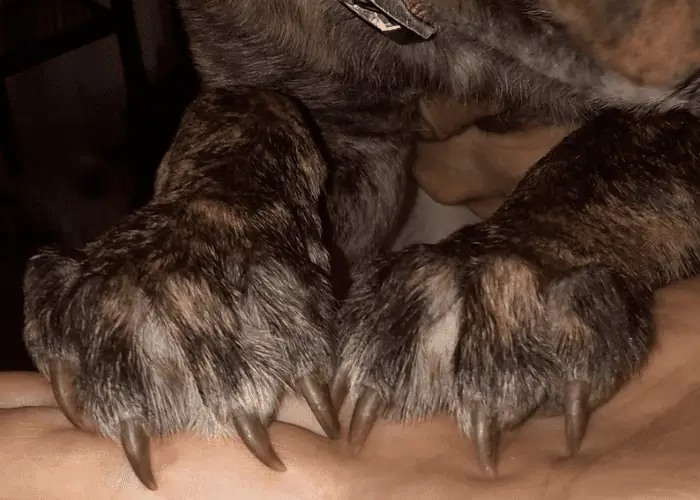
This is where the Philippine Witch Dog separates itself from other breeds- its claws. They have claws that are more catlike in many ways rather than doglike.
When a dog’s claws are allowed to grow out and wear naturally, they are thick and will wear down to the point that is flat to the ground. They are more for traction than anything else. The same isn’t true for the Aso Ng Gubat.
Rather than a claw that grows and wears down like normal breeds, they have sharp pointed claws resembling a cat. They also shed off like cats’ claws, keeping their tools always ready to do their thing.
Traction is there like other breeds, but these claws provide a greater skill set than assistance in running. Because of their claws, they can scale walls and trees with no trouble and can be used as weapons.
Why Is It Called the “Witch Dog”?

Most Philippines residents don’t even acknowledge this breed’s existence, considering it only to be a myth- not the Lumad people. The Lumads are a group of indigenous people who are found in the southern areas of the Philippines.
Lumads in Bukidnon for generations have passed down oral mythology that is as follows: if you hurt an Asong Gubat, you, and you alone will be cursed. If you kill an Asong Gubat, your entire family will be cursed.
Due to the rarity of this breed and how infrequently they are seen in the wild, the Lumad people have traditionally viewed this dog as more of a spiritual being than a wild dog . They are referred to as “forest spirits” and are respected as such by locals to this day.
Asong Gubat Video
Final Thoughts

Myths are often woven around a shred of truth, such as this dog breed. In this case, the shred of truth is a real-life species of dog whose way of life is much closer to its forefathers (the wolf) than most breeds.
Were it not for the efforts of an extraordinary few people, nobody outside of the Southern Philippines would know about this independent and tenacious breed. Not even the rest of the Philippine citizenry. They would still be considered a myth by all but not for those who have locked eyes with this rare and extraordinary breed of the jungle.
*Philippine witch dog images by: Tom Asmus
Related Question:
Is there another native Filipino dog?
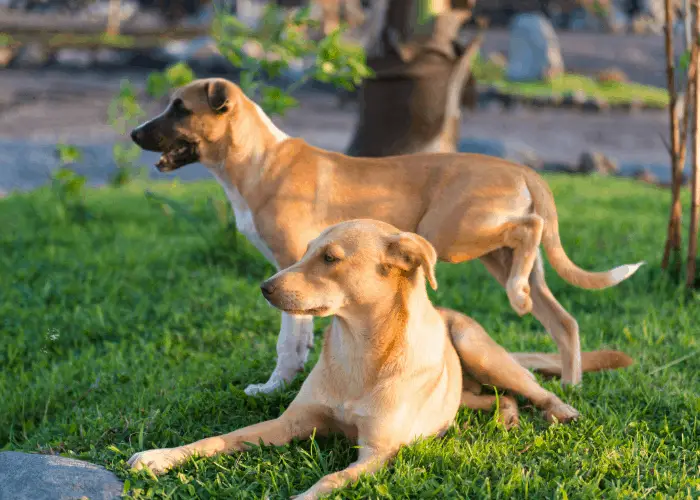
There are dogs in the Philippines called the Askal or Asong Kayle, which means stray dogs. Other names for these dogs are Aspin or Asong Pinoy.
These breeds are often mixes of various breeds and can range in height, weight, and color. Due to the mixed nature of these dogs, they are not recognized as unique breeds by any major kennel club, though they are indigenous to the Philippines.

